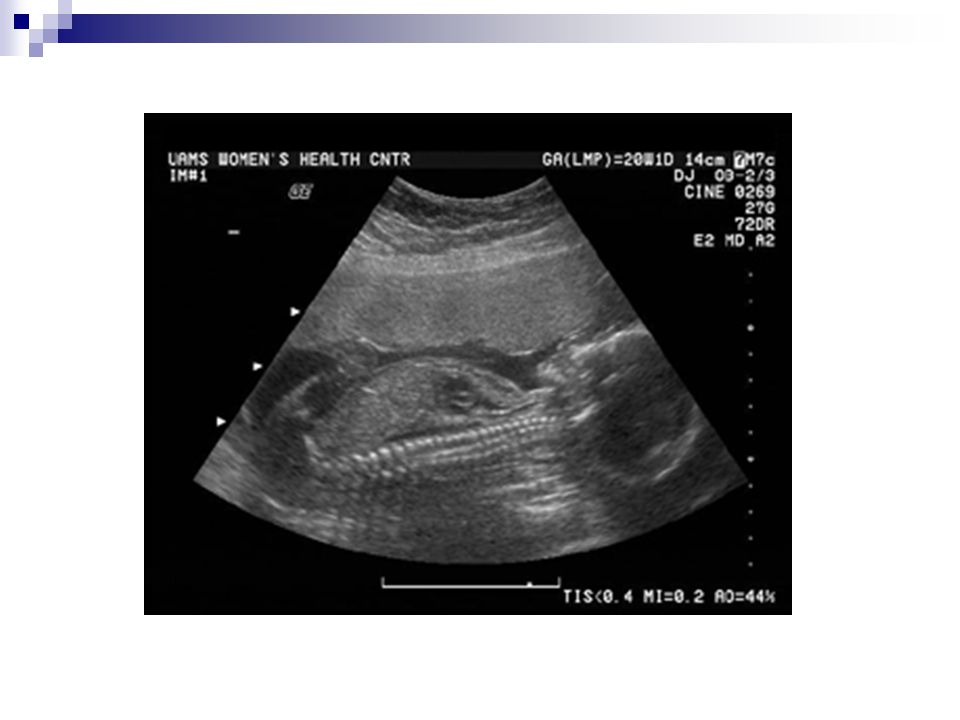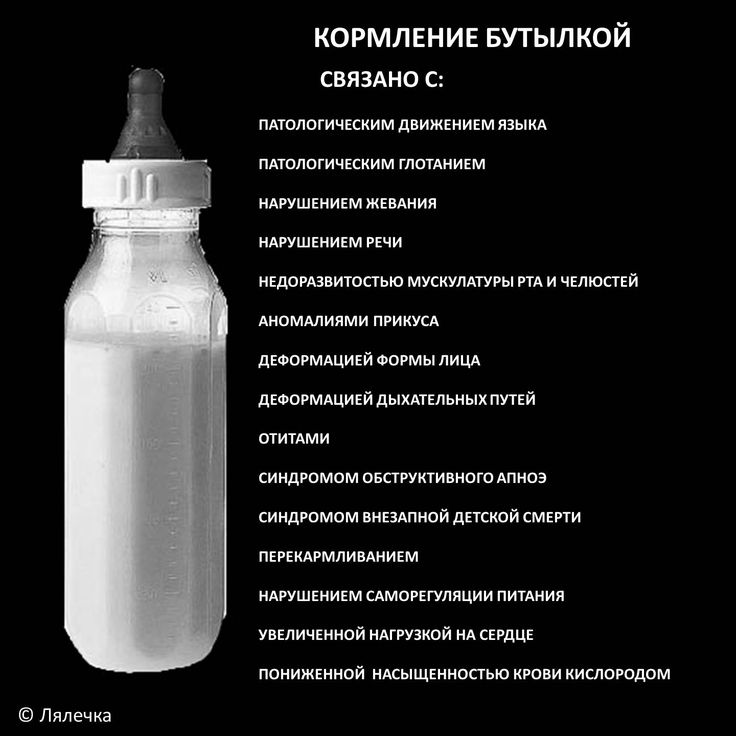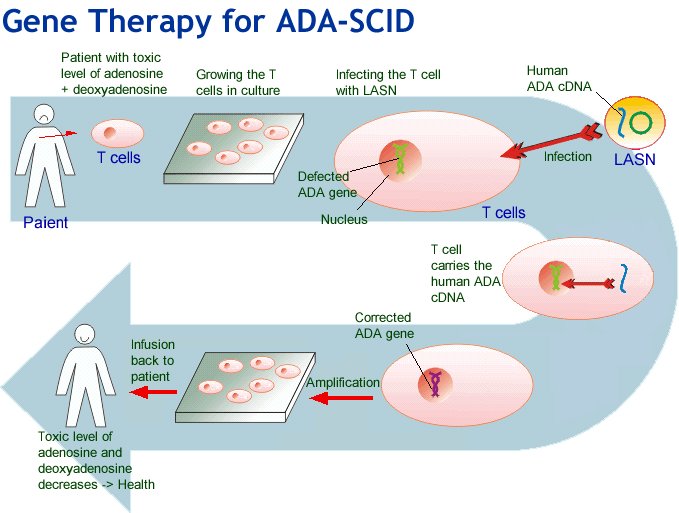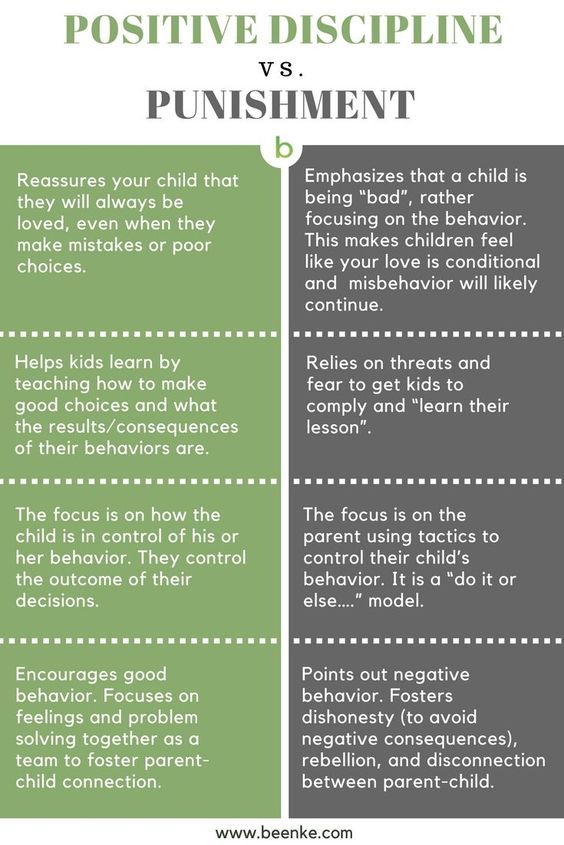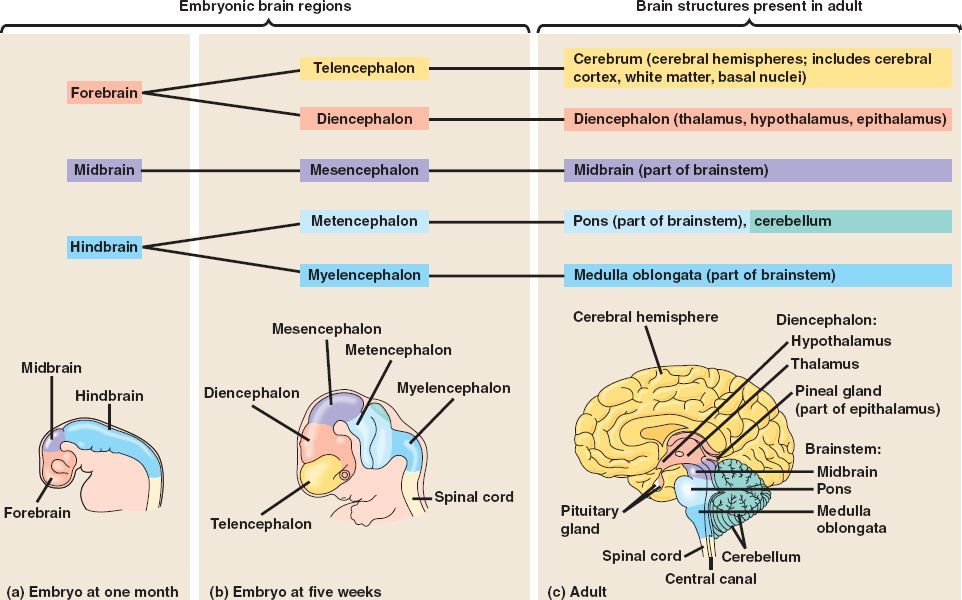My newborn is struggling to poop
Symptoms, Treatment and When to Call a Doctor
Nationwide Children’s Hospital
Constipation (con-sta-PA-shun) in infants can worry parents. Most of the time, your baby is not really constipated. They may not have developed a routine for pooping yet. Some babies do not develop a bowel movement (BM) pattern for a while.
An infant’s BM pattern can change if their diet changes, like switching from breastmilk to formula, starting solid foods, or drinking less formula than usual. If your baby’s stool (poop) is not soft or easily passed, then they may be constipated.
In rare cases, constipation may be caused by a lack of nerves going to the intestines or by a problem with the way the intestine formed at birth. Your baby can be tested for these conditions if your health care provider feels it is needed.
Signs of Constipation
- less stools than their usual pattern
- straining more than normal to have a bowel movement
- a change in how the stool looks from soft and mushy to:
- small, hard pebbles, or like a large, round golf ball
- loose and watery
- abdomen (belly) bloated or swollen with gas
- painful cramps
Treatment
- If your baby is not eating baby food yet, you may give 1 to 2 ounces of 100% fruit juice (pear, prune, cherry, or apple) once a day.
Stop the juice if their stools become too loose.
- If they are old enough to eat baby foods, feed them pureed pears, peaches, or prunes instead of giving them juice.
- If your baby eats cereal, it may help to give oatmeal, wheat, or barley cereal. Rice cereal can cause constipation in some children.
- Sometimes giving your baby a warm bath to relax them or exercising their legs, like riding a bicycle, will help stimulate the bowels to move (Picture 1).
- If it has been a few days since your baby has pooped and the juice or pureed food has not worked, then you can try a glycerin suppository. Place your baby on their back. Gently push the suppository into their anus (bottom). Suppositories are meant for occasional use.
- Contact your baby’s health care provider before giving them laxatives, baby mineral oil, or enemas to treat constipation.
Medical Therapy
Your child’s health care provider may order the following treatments:
- Give your child medication.

- Check your child’s temperature using a digital, rectal thermometer. Put a small amount of petroleum jelly (Vaseline®) on its tip before inserting into the rectum. Taking a rectal temperature may stimulate the baby to pass stool.
When to Call the Health Care Provider
Call the health care provider if any of the following occurs:
- Your baby is irritable and seems to be having stomach pain. Infants will pull their legs up to their stomach and cry when they are in pain.
- Your baby has constipation and develops vomiting, and their belly looks like it is bloated or filled with gas.
- You see blood in their stool.
- Their constipation does not get better with treatment.
If you have any questions or concerns, call your baby’s health care provider.
Constipation: Infant (PDF), Spanish (PDF), Somali (PDF), Arabic (PDF), Nepali (PDF)
HH-I-14 ©Copyright 1984, Revised 2022, Nationwide Children’s Hospital
You Might Also Be Interested In
Blog
The Pee Palette: What Do All of Those Colors Mean?
Blog
Pelvic Floor Physical Therapy: How It Can Help
Podcast
PediaCast 503 Your Childs Stomach Part 1
Constipation
Is this your child's symptom?
- Can't pass a stool or pain when passing a stool
- Crying when passing a stool (bowel movement or BM) or
- Can't pass a stool after straining or pushing longer than 10 minutes or
- 3 or more days without passing a stool (Exception: Breastfed and over 1 month old)
- Caution: any belly pain from constipation comes and goes.
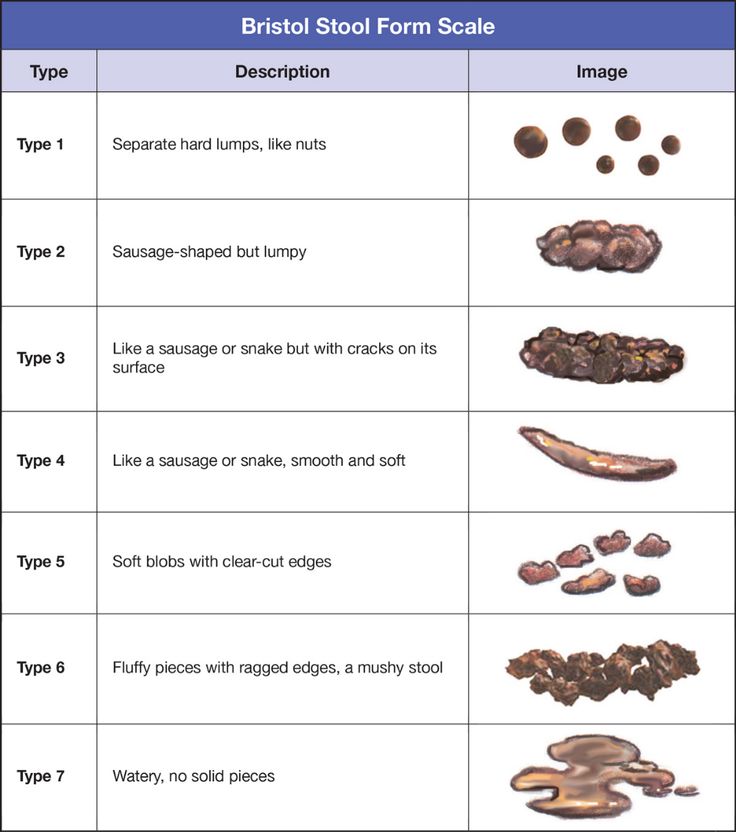 Most often, it is mild. Use the Abdominal Pain (Stomach Pain) care guide if there is constant belly pain.
Most often, it is mild. Use the Abdominal Pain (Stomach Pain) care guide if there is constant belly pain.
Causes of Constipation
- High Milk Diet. Milk and cheese are the only foods that in high amounts can cause constipation. It causes hard pale stools. This is why you want your child to eat a well-balanced diet.
- Low Fiber Diet. Fiber is found in vegetables, fruits and whole grains. Fiber keeps stools soft, bulky and easy to pass. A low fiber diet causes hard, small stools.
- Low Fluid Intake. This can also cause stools to be dry and harder to pass. It's rarely the only cause of constipation.
- Lack of Exercise. Exercise also keeps the bowel from slowing down. Not a cause in children unless they are confined to bed.
- Holding Back Stools Because of Pain. If passing a stool causes pain, many children will hold back the next one. This can happen with a Strep infection around the anus.
 It can also occur with a bad diaper rash or anal fissure (tear).
It can also occur with a bad diaper rash or anal fissure (tear). - Holding Back Stools Because of Power Struggles. This is the most common cause of recurrent constipation in children. Most often it's a battle around toilet training. If they are already trained, it may begin with the start of school. Reason: some children refuse to use public toilets. Some children postpone stools because they are too busy to sit down.
- Slow passage of food through the intestines. Most often, this type runs in families. Called slow transit time.
Stools: How Often is Normal?
- Normal Range: 3 per day to 1 every 2 days. Once children are on normal table foods, their stool pattern is like adults.
- Kids who go every 4 or 5 days almost always have pain with passage. They also have a lot of straining.
- Kids who go every 3 days often drift into longer times. Then, they also develop symptoms.
- Passing a stool should be free of pain.
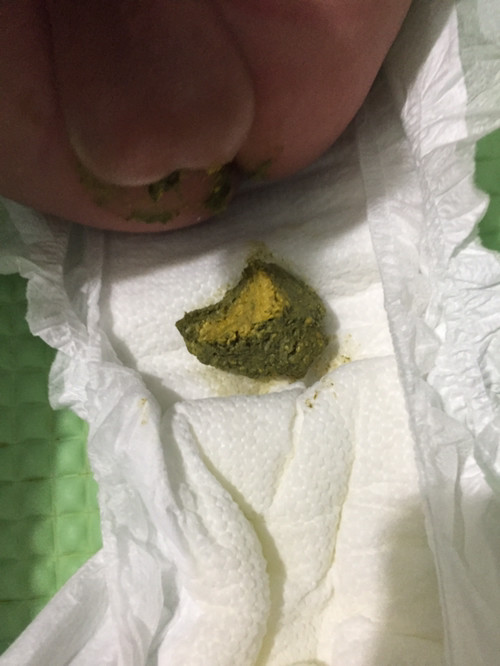
- Any child with pain during stool passage or lots of straining needs treatment. At the very least, the child should be treated with changes in diet.
Imitators of Constipation: Normal Patterns and Stools
- Breastfed and Over 1 Month Old. Stools every 4-7 days that are soft, large and pain-free can be normal. Caution: before 1 month old, not stooling enough can mean not getting enough breast milk.
- Straining in Babies. Grunting or straining while pushing out a stool is normal in young babies. They are learning to relax their anus after 9 months of keeping it closed. It's also hard to pass stool lying on their back with no help from gravity. Babies also become red in the face and draw up their legs during straining. This is normal. Key: they continue to pass normal size stools every day. Just not every time they have some straining.
- Brief straining under 10 minutes can occur at times at any age.
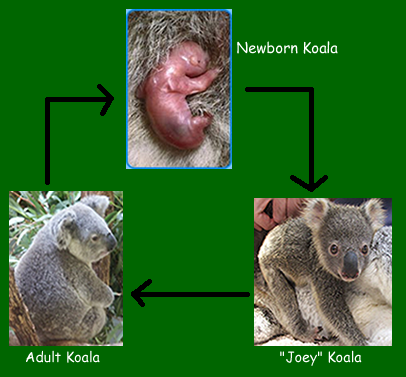
- Large Stools. Size relates to the amount of food eaten. Large eaters have larger stools.
- Hard or Dry Stools. Also can be normal if passed easily without too much straining. Often, this relates to poor fiber intake. Some children even have small, dry rabbit-pellet-like stools.
When to Call for Constipation
Call Doctor or Seek Care Now
- Stomach pain goes on more than 1 hour (includes crying) after using care advice
- Rectal pain goes on more than 1 hour (includes straining) after using care advice
- Vomits 2 or more times and stomach looks more swollen than normal
- Age less than 1 month old and breastfed
- Age less than 12 months with recent onset of weak suck or weak muscles
- Your child looks or acts very sick
- You think your child needs to be seen, and the problem is urgent
Contact Doctor Within 24 Hours
- Age less than 2 months. Exception: normal straining and grunting.

- Bleeding from anus
- Needs to pass a stool but afraid to or refuses to let it out
- Child may be "blocked up"
- Suppository or enema was given but did not work
- You think your child needs to be seen, but the problem is not urgent
Contact Doctor During Office Hours
- Leaking stool
- Suppository or enema was needed to get the stool out
- Infrequent stools do not get better after changes to diet. Exception: normal if breastfed infant more than 1 month old and stools are not painful.
- Stool softeners are being used and have not been discussed with your doctor
- Toilet training is in progress
- Painful stools occur 3 or more times after changes to diet
- Constipation is a frequent problem
- You have other questions or concerns
Self Care at Home
- Mild constipation
Seattle Children's Urgent Care Locations
If your child’s illness or injury is life-threatening, call 911.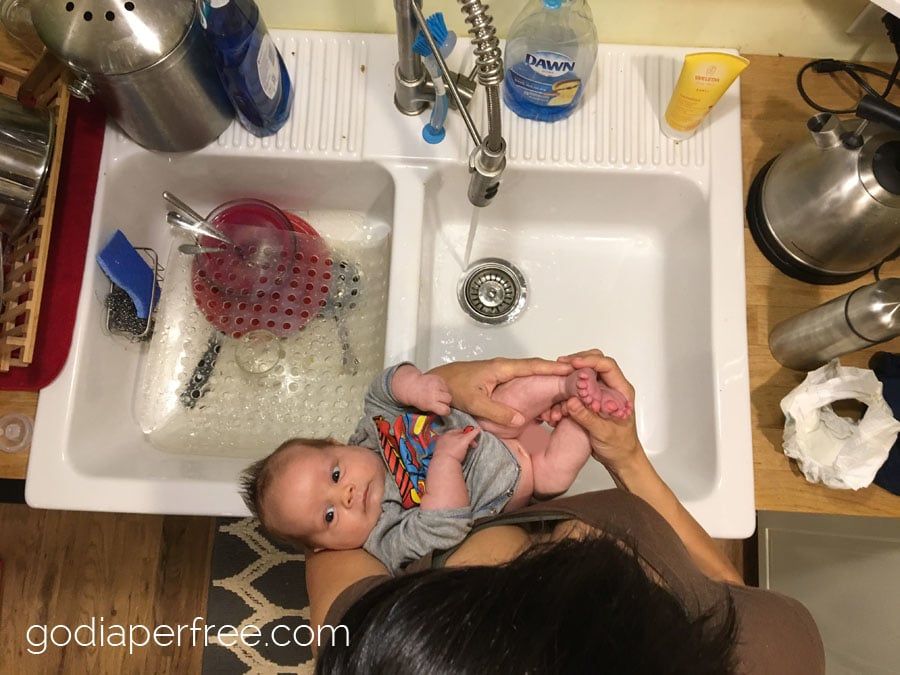
- Bellevue
- Everett
- Federal Way
- Seattle
- Virtual Urgent Care
Care Advice for Constipation
- What You Should Know about Constipation:
- Constipation is common in children.
- Most often, it's from a change in diet. It can also be caused by waiting too long to stool.
- Passing a stool should be pleasant and free of pain.

- Any child with pain during stool passage or lots of straining needs treatment. At the very least, they need changes in diet.
- Here is some care advice that should help.
- Normal Stools:
- Normal range: 3 per day to 1 every 2 days. Once children are on a regular diet, their stool pattern is like adults.
- Kids who go every 3 days often drift into longer times. Then symptoms start.
- Kids who go every 4 and 5 days almost always have pain with passage. They also have lots of straining.
- Diet for Infants Under 1 Year Old:
- Age over 1 month old only on breast milk or formula, add fruit juice.
- Amount. Give 1 ounce (30 mL) per month of age per day. Limit amount to 4 ounces (120 mL).
- Pear and apple juice are good choices. After 3 months, can use prune (plum) juice. Reason for fruit juice: approved for babies in treating a symptom.
- Age over 4 months old, also add baby foods with high fiber.
 Do this twice a day. Examples are peas, beans, apricots, prunes, peaches, pears, or plums.
Do this twice a day. Examples are peas, beans, apricots, prunes, peaches, pears, or plums. - Age over 8 months old on finger foods, add cereals and small pieces of fresh fruit.
- Diet for Children Over 1 Year Old:
- Increase fruit juice (apple, pear, cherry, grape, prune). Note: citrus fruit juices are not helpful.
- Add fruits and vegetables high in fiber content. Examples are peas, beans, broccoli, bananas, apricots, peaches, pears, figs, prunes, or dates. Offer these foods 3 or more times per day.
- Increase whole grain foods. Examples are bran flakes or muffins, graham crackers, and oatmeal. Brown rice and whole wheat bread are also helpful. Popcorn can be used if over 4 years old.
- Limit milk products (milk, ice cream, cheese, yogurt) to 3 servings per day.
- Fluids. Give enough fluids to stay well-hydrated. Reason: keep the stool soft.
- Stop Toilet Training:
- Put your child back in diapers or pull-ups for a short time.

- Tell him that the poops won't hurt when they come out.
- Praise him for passing poops into a diaper.
- Holding back stools is harmful. Use rewards to help your child give up this bad habit.
- Avoid any pressure or punishment. Also, never force your child to sit on the potty against his will. Reason: it will cause a power struggle.
- Treats and hugs always work better.
- Put your child back in diapers or pull-ups for a short time.
- Encourage Sitting on the Toilet (if toilet trained):
- Set up a normal stool routine, if your child agrees to sitting.
- Have your child sit on the toilet for 5 minutes after meals.
- This is especially important after breakfast.
- If you see your child holding back a stool, also take to the toilet for a sit (if cooperates).
- During sits, stay with your child and be a coach. Just focus on helping the poop come out.
- Do not distract your child. Do not allow your child to play with video devices, games or books during sits.

- Once he passes a normal size stool, he doesn't need to sit anymore that day.
- Warm Water to Relax the Anus:
- Warmth helps many children relax the anus and release a stool.
- For straining too long, have your child sit in warm water.
- You can also put a warm wet cotton ball on the anus. Vibrate it side to side for about 10 seconds to help relax the anus.
- Flexed Position to Help Stool Release for Babies:
- Help your baby by holding the knees against the chest. This is like squatting for your baby. This is the natural position for pushing out a stool. It's hard to have a stool lying down.
- Gently pump on the lower belly with your fingers. If no stool release in a few minutes, stop.
- Squatting Position to Help Stool Release for Older Children:
- The squatting position gives faster stool release and less straining.
- Squatting means that the knees are above the hips.
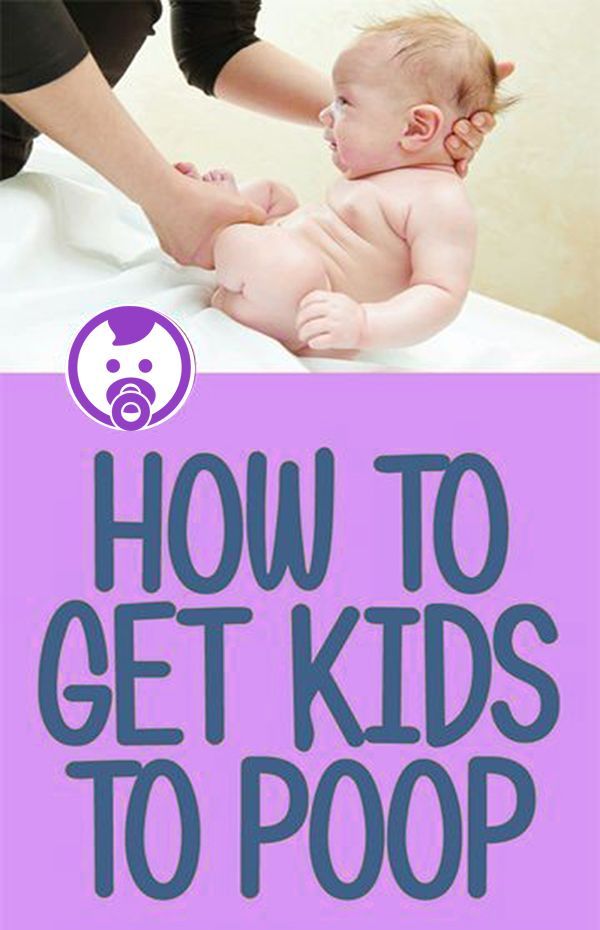
- For most children who sit on the toilet, a foot stool is needed.
- It is an important part of treating constipation.
- Stool Softeners (Age Over 1 Year Old):
- If a change in diet doesn't help, you can add a stool softener. Must be over 1 year of age.
- Use a stool softener (such as Miralax). It is available without a prescription. Give 1-3 teaspoons (5-15 mL) powder each day with dinner. Mix the powder in 2 to 6 ounces (60-180 mL) of water.
- Fiber products (such as Benefiber) are also helpful. Give 1 teaspoon (5 mL) twice a day. Mix it in 2 ounces (60 mL) of water or fruit juice.
- Stool softeners and fiber should produce regular soft stools in 1 to 3 days.
- Discuss dosage and how long to use with your doctor.
- What to Expect:
- Most often, changes in diet helps constipation.
- After your child is better, be sure to keep him on high fiber foods.
- Also, have your child sit on the toilet at the same time each day.
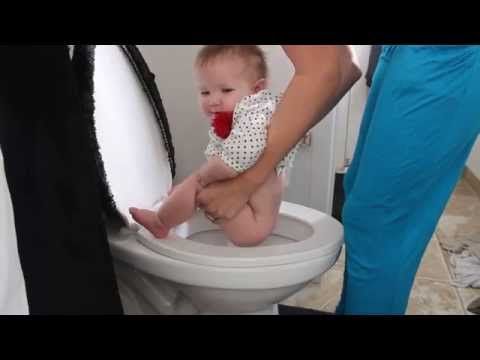
- These tips will help to prevent the symptoms from coming back.
- Call Your Doctor If:
- Constipation lasts more than 1 week after making changes to diet
- You think your child needs to be seen
- Your child becomes worse
And remember, contact your doctor if your child develops any of the 'Call Your Doctor' symptoms.
Disclaimer: this health information is for educational purposes only. You, the reader, assume full responsibility for how you choose to use it.
Last Reviewed: 02/26/2023
Last Revised: 12/30/2022
Copyright 2000-2023. Schmitt Pediatric Guidelines LLC.
norm, how many times a day, color
So many experiences are connected with how a newborn baby "walks big". Mom is worried about the frequency of the stool, its color, consistency. So how do you determine if the crumbs are all right with digestion? Perhaps he needs help?
Many mothers know that it is very important to monitor the baby's stool, and during the examination, the pediatrician is always interested in how the baby walks in a big way. This information is one of the most important points in diagnosing the health of the crumbs. Unfortunately, quite often mothers mistakenly interpret the completely natural and safe states of the baby. And because of these mistakes, they can start unnecessary treatment and worry about the baby for no good reason. So let's figure out how a baby's chair should look like and when to worry and when not.
This information is one of the most important points in diagnosing the health of the crumbs. Unfortunately, quite often mothers mistakenly interpret the completely natural and safe states of the baby. And because of these mistakes, they can start unnecessary treatment and worry about the baby for no good reason. So let's figure out how a baby's chair should look like and when to worry and when not.
Immediately after childbirth
When the baby is in the mother's tummy, he receives all the necessary substances and trace elements through the umbilical cord. The digestive system of the crumbs does not work, but his stomach is not empty. The baby sucks his fingers, opens his mouth and thus swallows a small amount of amniotic fluid. When the baby is born, this substance will be in his intestines and will gradually come out as the baby is attached to the chest and his digestive system begins to work.
So, the first stool of the baby is meconium: dark, plasticine-like feces.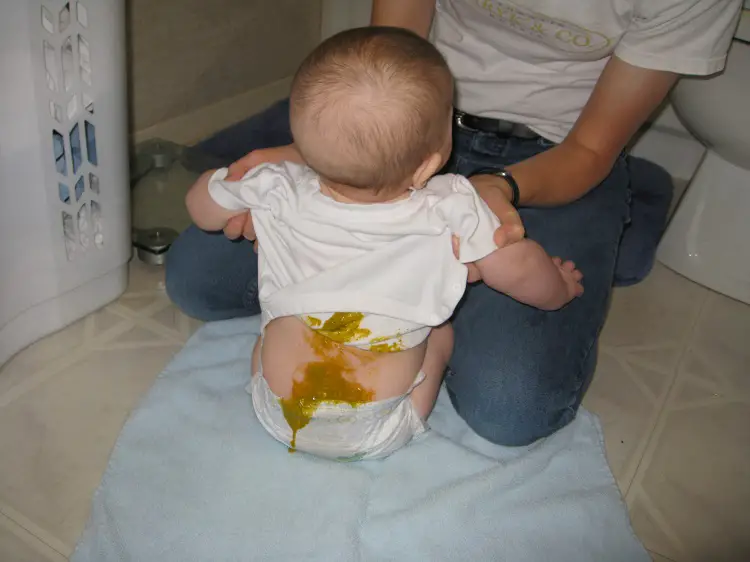 So the baby recovers the first day or two. Sometimes it gives him discomfort: the baby worries, cries, pushes, before he manages to go big. However, this is not always the case - many children recover easily, only slightly pushing.
So the baby recovers the first day or two. Sometimes it gives him discomfort: the baby worries, cries, pushes, before he manages to go big. However, this is not always the case - many children recover easily, only slightly pushing.
If everything is in order with the baby, he was put to the breast in time and fed on demand, then his stool gradually changes. On the third or fifth day, the baby has the so-called "transitional stool", partly consisting of meconium, which is still in the gastrointestinal tract, partly from digested colostrum and milk. As a rule, streaks appear first in the meconium mass, then the feces gradually turn yellow. By the end of the first week, the baby's stool usually acquires the features of a normal infant: yellow, rather liquid.
When should you worry? If the baby did not go down in a big way in the first two days, it is necessary to consult a doctor. There are children with individual characteristics who will continue to do this less often than most babies.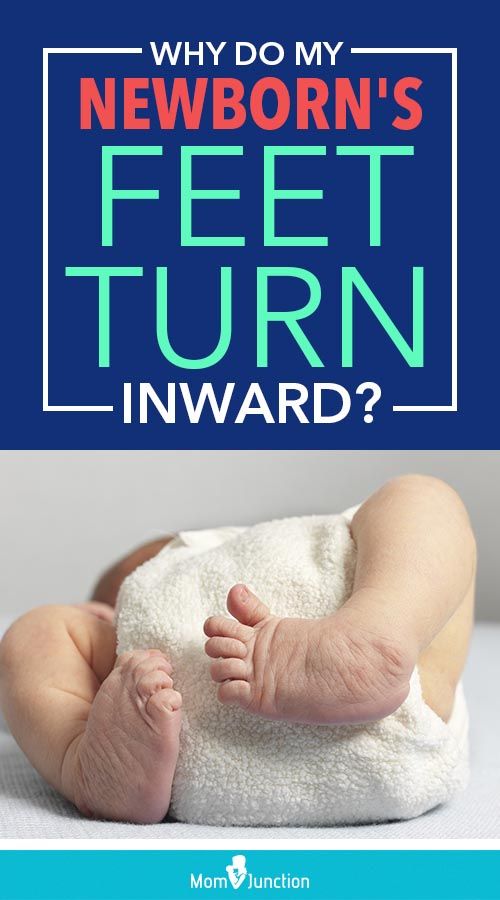 However, the cause of the stool retention should be determined by the doctor. If the crumbs have some kind of problem with intestinal patency, help will be needed immediately, but you should not diagnose your baby without a doctor.
However, the cause of the stool retention should be determined by the doctor. If the crumbs have some kind of problem with intestinal patency, help will be needed immediately, but you should not diagnose your baby without a doctor.
We are at home
On the third or fifth day, the mother receives milk, and the baby has a fairly stable stool by the end of the first week. The literature sometimes says that the stool of newborns is "creamy", and this confuses mothers, who begin to suspect that something is not right with the crumbs. In reality, the stool of a healthy baby is liquid and not always homogeneous. The normal color of feces is yellow and its shades. You may notice lumps, a little mucus - it's not scary. Do not be afraid if the baby's feces have a greenish tint for up to three months due to the immaturity of the liver enzyme systems and the characteristics of bilirubin metabolism, such a condition has the right to be and also does not require treatment.
Many mothers sometimes worry that the baby's stool "suddenly" becomes watery and the baby walks in a big way with abundant gas, a sharp sound. Doctors in this case often suspect lactase deficiency. In reality, things usually go like this. In the period from 3 weeks to a month and a half, the baby has frequent growth spurts, so at certain moments the baby literally “hangs on the chest” to help the mother produce more milk. Within a day or a few, the baby needs to breastfeed more often and longer than before, and the mother begins to suspect that there is not enough milk. As a result, she often begins to shift the baby from one breast to another, and the baby receives mostly "forward" milk, which comes at the beginning of feeding from each breast. This milk is rich in carbohydrates and proteins, the baby is actively growing from it, however, the stool is liquid and gassy because of this milk (sometimes the “result” looks frothy if the baby is held over a pot or basin when he needs to clear out, and the mother can observe the consistency chair). In this situation, there is no need to panic - just the baby does not need to be constantly shifted from one breast to another, fearing that he is starving.
Doctors in this case often suspect lactase deficiency. In reality, things usually go like this. In the period from 3 weeks to a month and a half, the baby has frequent growth spurts, so at certain moments the baby literally “hangs on the chest” to help the mother produce more milk. Within a day or a few, the baby needs to breastfeed more often and longer than before, and the mother begins to suspect that there is not enough milk. As a result, she often begins to shift the baby from one breast to another, and the baby receives mostly "forward" milk, which comes at the beginning of feeding from each breast. This milk is rich in carbohydrates and proteins, the baby is actively growing from it, however, the stool is liquid and gassy because of this milk (sometimes the “result” looks frothy if the baby is held over a pot or basin when he needs to clear out, and the mother can observe the consistency chair). In this situation, there is no need to panic - just the baby does not need to be constantly shifted from one breast to another, fearing that he is starving.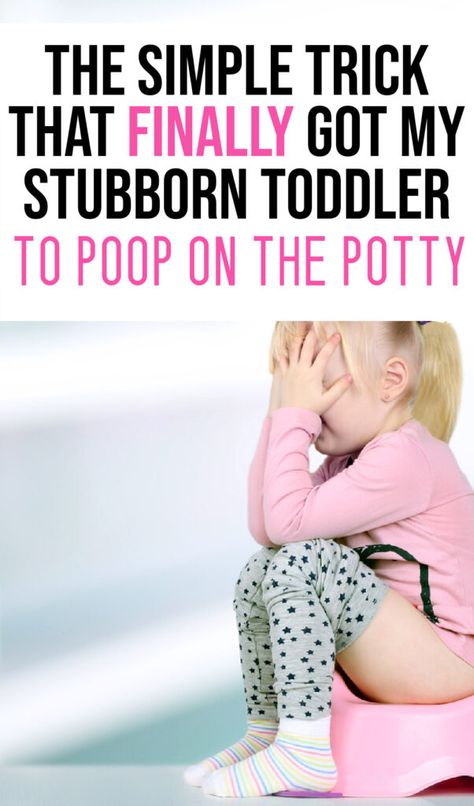 Give the baby the opportunity to get "hind" milk, rich in fats, which will not cause flatulence and stay longer in the intestines.
Give the baby the opportunity to get "hind" milk, rich in fats, which will not cause flatulence and stay longer in the intestines.
In this situation (when the baby suddenly begins to clearly suck more milk), the mother may feel insecure and start drinking lactic teas. From this, more carbohydrates again begin to flow into her milk and the baby's stool becomes more liquid and with gases.
Similar problems due to "front" milk occur in the case of improper attachment to the breast, as a result of which the baby swallows the air and interrupts feeding itself, or simply cannot get "hind" milk. The best way out in this situation is to consult with a breastfeeding specialist to correct the application technique and stop panicking that the baby "does not have enough milk."
In short, don't worry if your baby has problems with this type of stool. Of course, the flora of his intestines is unstable, it is just beginning to be established - it takes at least three to four months. Your task is simply to feed the baby on demand and correctly and not to rush to treat him for imaginary diseases.
Your task is simply to feed the baby on demand and correctly and not to rush to treat him for imaginary diseases.
Delayed stool
Mothers worry not only about the appearance of the stool, but also because of its periodicity. How often should the baby "do things"? Normally, the baby walks in a big way several times a day, usually after feeding. However, in some children, the norm may be a chair and once a day, and even once every few days. Typically, these children have an anatomically weak anterior abdominal wall and intestinal motility. Such a periodicity of the stool can be considered the norm, if the baby still walks more regularly, the stool is of normal consistency and, in general, the baby is cheerful and cheerful and does not suffer from colic. It's not worth worrying. However, if the baby is allergic, then you need to do everything possible so that he goes to the toilet at least once a day. Atopic dermatitis is much more severe if the baby does not empty the intestines often enough - consult a doctor about this.
Babies also have physiological delays in stool at the age of one and a half to five months. Here it is important to monitor the condition of the baby. If he experiences discomfort, you should consult a doctor. Children can hold back their stools for psychological reasons, just as adults sometimes cannot go to the toilet if they are nervous. Do not panic because of a one-time problem, but if the problem persists or recurs, consult your doctor.
However, in babies there are not just "delays" of the stool, but also real constipation. Constipation is called not only when the baby does not go to the toilet at all, but also feces "peas", overdried, when a bowel movement is difficult. What could be the reason?
Regular constipation is usually caused by improper feeding of the crumbs. However, this condition can also occur if the mother does everything right, but she has her own health problems, for example, with the thyroid gland. Medications can also be the cause of constipation. For example, intestinal weakness is provoked by all kinds of sedative mixtures and drugs, which are often prescribed to children by neurologists at an early age. Even cough medicines or tooth gels can cause constipation. In any case, the doctor should deal with this. You should not give your baby medicines and laxatives on your own, or act on it mechanically with an enema or gas tube. It is better to discuss with the doctor the issues of feeding, drug treatment and the lifestyle of the baby - so you can understand the problem.
For example, intestinal weakness is provoked by all kinds of sedative mixtures and drugs, which are often prescribed to children by neurologists at an early age. Even cough medicines or tooth gels can cause constipation. In any case, the doctor should deal with this. You should not give your baby medicines and laxatives on your own, or act on it mechanically with an enema or gas tube. It is better to discuss with the doctor the issues of feeding, drug treatment and the lifestyle of the baby - so you can understand the problem.
Weaning time
Of course, when you start to introduce complementary foods, the baby's stool pattern changes. First of all, you need to remember that the task of the first complementary foods (at 5, 6 months) is not to feed, but to help adapt to new tastes, to new food. Give the baby complementary foods in the amount of "lick" and only gradually move on to doses "with a marigold" or "half a teaspoon". Recall that you need to introduce one product into the diet of crumbs so that you can understand how and what the baby reacts to. Quite often, as soon as we give the baby “with a fingernail” some food, it is not digested - we find the product in the feces almost in its original form. Within one or two days, this is normal, the baby’s body has not figured out the new component in the stomach, but if this continues on the third day, the product must be removed from the diet, since it is obvious that the baby is not yet ready to accept it. You need to take a break for a week or two, without offering the baby anything but the breast, then try again with another product.
Quite often, as soon as we give the baby “with a fingernail” some food, it is not digested - we find the product in the feces almost in its original form. Within one or two days, this is normal, the baby’s body has not figured out the new component in the stomach, but if this continues on the third day, the product must be removed from the diet, since it is obvious that the baby is not yet ready to accept it. You need to take a break for a week or two, without offering the baby anything but the breast, then try again with another product.
The baby's body can also react more violently, for example, with loose stools and abdominal pain, and sometimes with allergies. In this case, you also need to cancel the product and keep the baby breastfed so that the gastrointestinal tract calms down.
When you introduce protein to your baby, he may react with constipation. To avoid this, you need to remember simple rules. Proteins require more liquid, so if this is your baby's first food (for example, cottage cheese), give him more breast milk.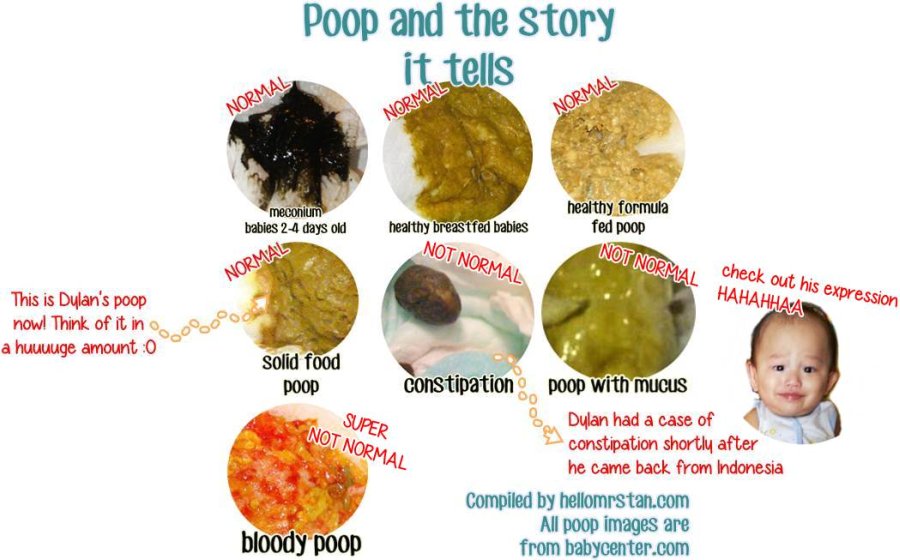 If you started introducing proteins when the baby is already drinking liquid, provide him with a drink. Do not worry about the fact that the introduction of new products has to be postponed - nothing terrible will happen to the baby. And be especially calm about the opinion that at 6-7 months the child needs to be given meat products so that he grows well. Not all children are able to absorb such a protein; for many, even a homogenized meat product at this age will lead to constipation and overload the kidneys. Let the baby eat breast milk for a longer time and receive vegetables and fruits as complementary foods - this way you will avoid many problems with the stool.
If you started introducing proteins when the baby is already drinking liquid, provide him with a drink. Do not worry about the fact that the introduction of new products has to be postponed - nothing terrible will happen to the baby. And be especially calm about the opinion that at 6-7 months the child needs to be given meat products so that he grows well. Not all children are able to absorb such a protein; for many, even a homogenized meat product at this age will lead to constipation and overload the kidneys. Let the baby eat breast milk for a longer time and receive vegetables and fruits as complementary foods - this way you will avoid many problems with the stool.
In general, mothers' concern about baby's stool is quite justified: after all, this is an important diagnostic symptom that allows you to understand a lot about the baby's condition. However, it must be remembered that not all situations require intervention, and most problems can be solved simply by correcting feeding mistakes.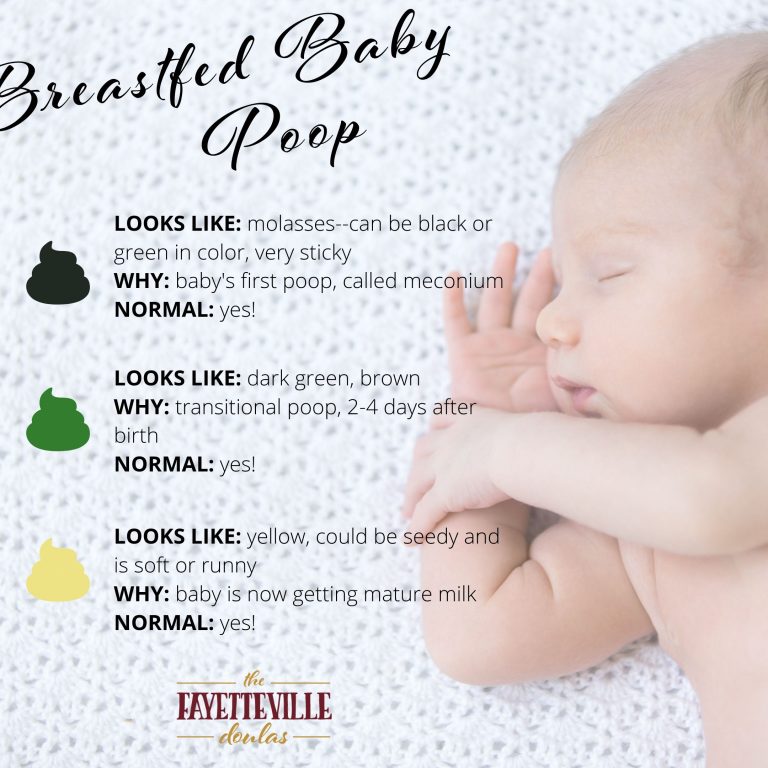 Do not rush to treat the baby and resort to medication, start with a diet.
Do not rush to treat the baby and resort to medication, start with a diet.
Text: Anna Babina
Consultant: Olga Ivanovna Tkach, pediatrician, Center for Traditional Obstetrics
five ways to make life easier for a baby with constipation » News of Izhevsk and Udmurtia, news of Russia and the world - on the Izhlife website all the latest news for today
Why it is so important to go to the potty early in the morning, and how dried fruits will help the intestines
Constipation is slow, difficult, or systematically insufficient bowel movement. And constipation in children is a problem that parents often face. About whether it is worth worrying if the baby rarely goes to the potty, in which cases it is important to consult a doctor, and in which it is possible to solve the problem on your own, says the famous pediatrician, candidate of medical sciences, TV presenter Evgeny Komarovsky.
Evgeny Komarovsky, the most famous pediatrician, candidate of medical sciences, TV presenter:
"Very often constipation is not an independent disease, but only a symptom - peptic ulcer, hemorrhoids, pancreatitis, cholecystitis, dysfunction of the thyroid gland"
- If we are talking about children of the first year of life, then in one case for several thousand constipation may be the result of the so-called Hirschsprung's disease, - continues Evgeny Komarovsky.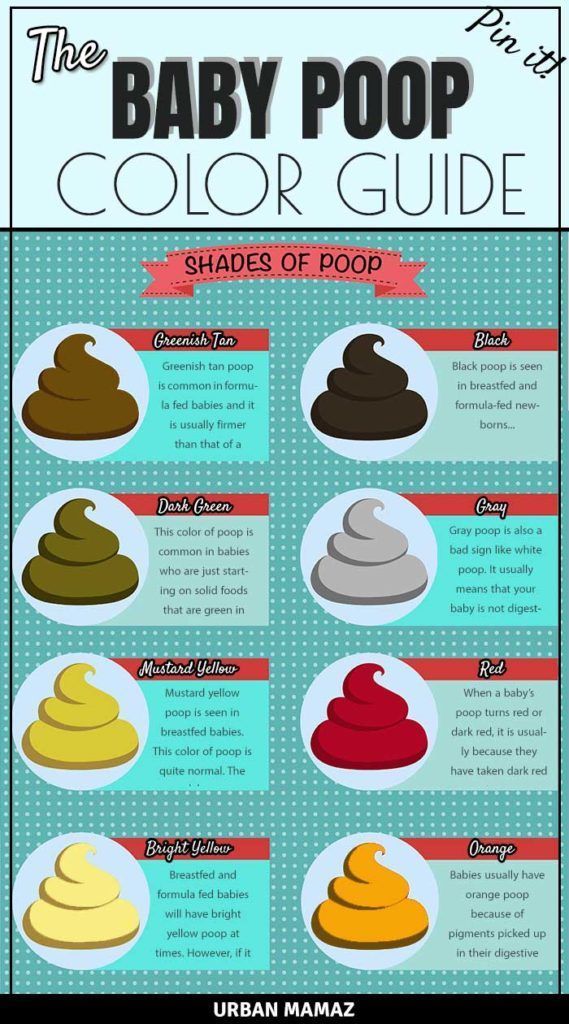 - This is a congenital disease in which nerve cells are not developed in one of the sections of the intestine, which is why peristalsis is disturbed and fecal masses accumulate in the intestine. In this case, there is only one way out - an operation.
- This is a congenital disease in which nerve cells are not developed in one of the sections of the intestine, which is why peristalsis is disturbed and fecal masses accumulate in the intestine. In this case, there is only one way out - an operation.
In a word, the constant problems with the child's stool should encourage parents to contact a gastroenterologist, who would rule out diseases of the gastrointestinal tract.
Stool retention in infants is normal
Each baby has a different frequency of bowel movements, which depends on many factors. And here it is important to remember this:
“In infants, a rare bowel movement almost always indicates that the food that the child eats is of high quality, suits him perfectly and is almost completely absorbed,” says Evgeny Komarovsky. - And if the baby is fed breast milk or an adapted formula, if you introduce the right complementary foods on time, but the baby does not poop for up to six days in a row, this is normal.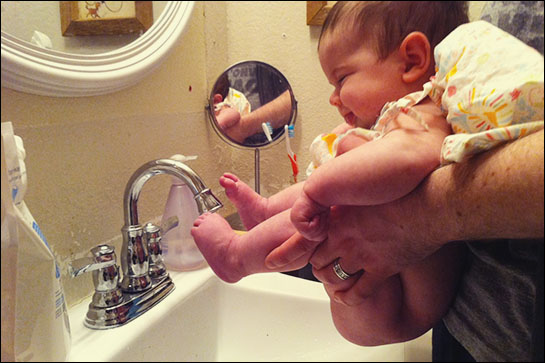 Provided, of course, that this does not cause him discomfort and does not affect his well-being and development.
Provided, of course, that this does not cause him discomfort and does not affect his well-being and development.
The better the food is digested, the less often the baby goes to the potty
That is why most often the problem is not in the child, but in his environment.
“Grandmothers, having learned that the baby has not gone to the potty for two days, immediately begin to lament about this, advise him to “treat” him with folk methods, and mothers worry and look longingly into an empty pot,” says Evgeny Olegovich. - In this case, the cause of stool retention may be, for example, excessive mother's care. Judge for yourself. Let's say mom has two potatoes. She can cook them in uniform and give them to a child, while he will absorb 80% of this dish, the rest will come out naturally. Or mom can cook them, clean them, knead them properly, add milk and butter. It will turn out a liquid puree, which will be absorbed almost entirely. There is simply nothing to leave the body!
Five rules for the treatment of constipation
If the doctor is sure that constipation is not a symptom of something serious, you can try to cope with it yourself. What do you need to pay attention to?
What do you need to pay attention to?
1. The child must not be dehydrated.
Lack of fluid is one of the most common causes of constipation in children. At the same time, stool masses become thick, slowly move along the intestines, scratch its walls, which causes pain and colic. Yes, and the urge to go to the toilet occurs only when the accumulated masses begin to put pressure on the walls of the rectum, while water helps to increase their volume, and the baby poops faster. So we give more to drink and moisturize the nursery!
2. There must be enough potassium in the body.
With a lack of potassium, intestinal contractions (the so-called peristalsis) are sharply weakened, and this may well be the cause of constipation. Most potassium in raisins, dried apricots, prunes, figs, which, by the way, can be added to compotes or eaten simply steamed.
3. Complete diet rich in fiber.
For constipation, protein-rich foods such as chocolate, cottage cheese, nuts are undesirable.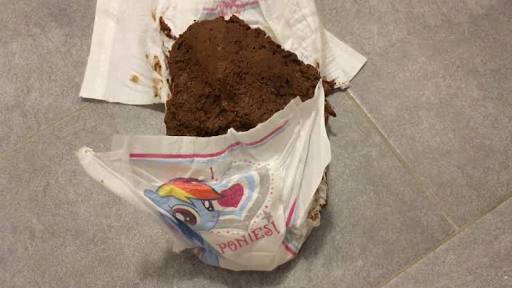 Yogurts, one-day kefir and yogurt are desirable. Black bread is better than white bread. Apple juice is better than a whole apple. Meat is better to limit. In general, fiber is an excellent prevention of constipation. This means that the child needs to be given more fruits and vegetables, as well as cereals, preferably slightly undercooked.
Yogurts, one-day kefir and yogurt are desirable. Black bread is better than white bread. Apple juice is better than a whole apple. Meat is better to limit. In general, fiber is an excellent prevention of constipation. This means that the child needs to be given more fruits and vegetables, as well as cereals, preferably slightly undercooked.
If lactulose and glycerin suppositories do not help, see a doctor
4. Safe drugs.
There are only two drugs that can be used even in infants and at the same time without a doctor's prescription. The first is lactulose syrup, which is sold under various commercial names in any pharmacy. It increases the volume of feces, retaining water in the intestines, does not cause "addiction", you can take it for as long as you like. True, at the first dose, the baby may form gaziki - as a reaction to the drug, so it is better to increase the dose gradually. The second is candles with glycerin. Their advantage is that glycerin is not absorbed by the body, but is released along with the contents of the intestine, while such suppositories act much softer than an enema.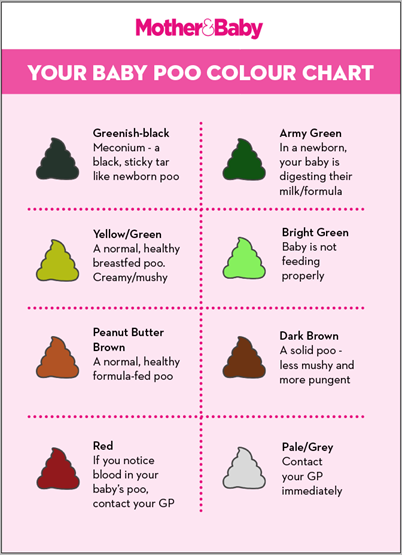
If the cause of constipation is cracks in the anus (appeared, for example, after passing lumps of hard feces), because of which the child simply does not want to go to the potty, fearing pain, candles with sea buckthorn oil will help.
5. Daily routine.
It happens that there is an urge to go big, the child feels it, but ignores it - for example, he is very busy or simply does not want to go to the toilet in the garden or at school, preferring to be patient until he gets home. If this behavior becomes systematic, then the rectum begins to stretch from excess feces, and in order to feel the urge to go to the toilet, the child needs more and more time. Hence - constipation, which has to be treated for a very long time.
To prevent this, it is important from childhood to teach the baby to systematic bowel movements. Better - at the same time and in the same familiar environment. Let him go potty before bed or after breakfast, before leaving the house.


